Mapping miseries and struggle of farm labourers: How Punjab is reacting
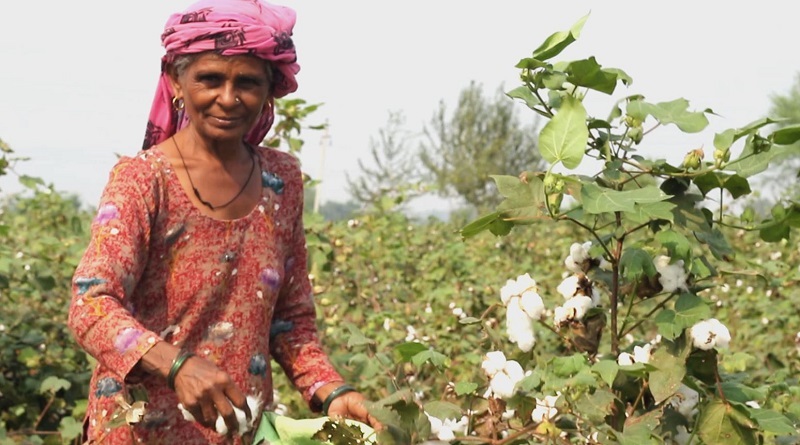
By Harinder Happy
Despite being an agricultural and dominantly rural society and economy, India failed to deliver a just and healthy life to its most considerable toiling mass – India’s farm labour. The agriculture laborers in India continue to suffer in various aspects of socioeconomic and political indicators.
On the one hand, the economic situation of agriculture laborers has been the worst; on the other hand the superstructures depend on the economy, which also shows this class’s backwardness. While it is true that caste is a robust phenomenon in the agrarian and rural societies of India, and this social relation of production plays a significant role in determining the socioeconomic position of farm labour, the overall attack on rural society has made it quite complex where the landowning class and castes are also emerging as a prime victim of capitalistic, empiricist and feudal policies.
Punjab, a state with a forest cover of less than 4%, has utilized most of its land for agriculture. Whereas the big part of Punjab was not irrigated and was a desert, the laborers and farmers made it cultivable. Today, the region contributes to the central pool of food grains and other agricultural produce. With the green revolution, though the work for farm labor increased for a crop (rice), it vastly reduced employment opportunities as the farm laborers were replaced with modern instruments. Unlike the farmers, the landless farm laborers were not given incentives; hence, the gap between landowner and landless further widened. The neoliberal policies, though, decreased this gap, not by improving the lives of landless, but by worsening the condition of landowners. It started snatching the little or big incentives given to the landowners during green revolutions. They resulted in a deep agrarian crisis, mainly manifested in suicides in an agrarian society.
As per a Punjab Agriculture University study, 9,291 landowner farmers committed suicide from 2000-2018. Moreover, 7303 agricultural laborers also committed suicide in that period. This is the data from only 2400 villages of only six districts of Punjab. Punjab has 23 districts and more than 11000 villages. The count from the whole state is expected to be much higher than this.
Furthermore, the average loan on landowning households is more than two lakhs, and the average loan on landless households is 68,329. The situation is becoming even worse when expenditure is comparatively more due to inflation, which also increases daily. Their most prominent source of income is wage labour. A recent study by PAU shows that among the suicide victims’ families, 91% of the families opted for wage labour as their source of income.
It should be noted that only 0.04% of suicide victim families were engaged in MGNREGA work, assuming that village landless laborers are fully involved in MGNREGA. Only 4.48% of these families are involved in government jobs which shows a lack of social security in these households. To cope with financial issues, agricultural labour borrows money as a loan. Among the 7303 agricultural laborers who committed suicide in Punjab from 2000 to 2018, most families had taken loans from non-institutional sources such as money lenders, big landlords, serviceperson, loan sharks, shopkeepers, friends, and relatives. Only 7.37% of the debt of all families had been borrowed from institutional sources like commercial banks and cooperative banks/societies. Psychological stress connected with social stigmatisation and adverse socioeconomic conditions have forced these laborers to commit suicide. This condition also restricted them from working with any farmers’ organization, labour organization, movement, or socio-political party.
A long-term and highly recommended suggestion is radical land reform. Among the four types of land reforms, land consolidation, land ceiling, land tenancy acts, and Zamindari abolition act, only the tenancy acts could benefit the farm labourer. Both the state and the big zamindar are responsible for the failure of these reforms. Furthermore, the green revolution enlarged the gap between the big landlords and workers who were either landless or marginalized. The reduction in subsidies after the 1990s reforms made their lives more vulnerable coercing farm laborers to either commit suicide or migrate to urban spaces as cheap labour.
Punjab CM Bhagwant Mann recently announced that along with the farmers, the Punjab Govt would also give 10% compensation to the farm laborers for crop loss due to climatic or any other attack. But it is just a verbal promise which is hard to materialize. The biggest challenge is that Govt needs solid proof of who exactly is a farm labourer and who worked this season. Another issue is that the govt has announced 15000 for farmers, which means laborers will get only 1500 as compensation, which is significantly less. It shows the mentality of the state govt towards agriculture laborers. The third issue is with the capability of labour. At the peak of any seasonal work – laborers work tirelessly to earn maximum money, but that will not be counted in this compensation as it will be distributed after calculating the average.
The Punjab Vidhan Sabha elections in 2022 were vital since they took place in the background of a historic farmers’ movement. AAP won the elections with a landslide victory, and agriculture laborers were also hopeful since they were promised many basic and welfare schemes. After the failure of the promises delivered by the newly elected Government of Punjab, led by CM Bhagwant Mann, the seven agricultural labour unions of Punjab organized many protests outside the Sangrur residence of CM Bhagwant Mann at different points in time.
Thousands of rural and farm laborers gathered outside the Sangrur residence of Punjab CM Bhagwant Mann on 12, 13, and 14th September 2022. Laborers gathered there under the leadership of “Sanjha Mocha – an alliance of seven labour unions” to protest against the Punjab Govt on various issues. Noteworthy, these issues were directly linked with the Punjab Govt. The leaders of the Aam Aadmi Party had promised these issues when they were in opposition and were asking for ‘ikk mauka/ one chance.”
The issues raised during this protest are-
1. There should be a rational increase in farm and non-farm work labour wages.
2. There should be an employment guarantee under MGNREGA for all adult family members, and daily minimum wages should be Rs 700.
3. Dalits are worst affected by discriminatory landholding patterns. So proper and just land distribution should be materialized so that the Dalits and other landless can avail of this.
4. Farm laborers are worst affected by the debt trap as well. It is forcing them to commit suicide. Laborers demand that the loans should be waived.
5. The state government should take strict actions against caste-based atrocities.
These protests were the biggest gatherings of rural and farm laborers in contemporary times. These dharnas outside the residence of Punjab CM stretched around one kilometre, and both lanes of the Bathinda-Sangrur-Patiala-Chandigarh main highway were blocked. Another important thing about this protest was that the district administration had imposed section 144 of IPC to prevent the protest. Still, people gathered in such large numbers that the police and administration did not have any chance to disturb the protest.
The unions involved in this protest are Mazdoor Mukti Morcha, Zameen Prapti Sangharsh Committee, Panjab Khet Mazdoor Union, Pendu Khet Mazdoor Union, Dehati Mazdoor Sabha, Krantikari Pendu Mazdoor Union, and Pendu Mazdoor Union Panjab.
Other than these agitations, the recent farmers’ protest was a landmark event for farmers and laborers, as the laborers actively supported the farmers. For the protracted period of this protest, when farmers were spending the whole time at Delhi borders and other protest sites, the farm laborers had all the responsibility for any development in the farms. Though many attempts were made to break this Mazdoor Kisan Ekta, it still had a significant impact in uniting the struggling efforts of farm laborers with those of the farmers.
Farm laborers have initiated this step of forming a single class of farmers and farm laborers, but now it is up to the farmers that they should ensure proper space for laborers. Farm unions, which have a good hold on small as well as big farmers, have the potential to initiate measures toward reforms. Some farm unions are also labour unions, such as Majdoor Kisan Sangharsh Committee and All India Kisan Mazdoor Sabha. Many farm unions also have labour unions, like BKU Ekta Ugrahan, All India Kisan Sabha, and others. Being in a position of dominance, it is not simply the farm Union’s prerogative but also their responsibility to address intersectional issues within the agrarian society.
From breaking caste barriers to timely payment, there are issues upon which the state and society can ensure a worthy life for farm laborers. Farm laborers need short-term treatment such as minimum wages, reduced working hours, scholarships for their kids, food security for minimum nutritional requirements, access and affordability to public health, and alternative employment with less agricultural work. In the patriarchal society where fodder collection for cattle and fuelwood collecting is seen as women’s work, it becomes much more critical to ensure fodder for farm laborers, which will not only prevent women farm laborers from sexual harassment but will also give them a sense of dignity.
Land distribution is a highly caste-based phenomenon, and the land ceiling acts have yet to be materialized. In Punjab, more than two-thirds of agricultural laborers belong to the Scheduled Caste, who own less than 3.5% of the state’s agricultural land and comprise around 32% of the state’s population. There is an urgent need for radical land reforms which can secure land for the landless and address the issue of reducing inequalities. These steps will not only be helpful for the economic enhancements of laborers but also contribute to the larger notions of justice, equality, emancipation, and fraternity, which were also core ideals and firm beliefs shared by the progression minds of our leaders, most prominent among them being Dr. Ambedkar.
(Harinder Happy is PhD scholar at Jawaharlal Nehru University, New Delhi. [email protected])
Do read also:-
- Labour in ‘Amrit Kaal’ : A reality check
- Discovering the truth about Demonetisation, edited and censored, or buried deep?
- Class Character of a Hindu Rashtra- An analysis
- Gig Workers – Everywhere, from India to America, from delivery boys to University teachers
- May Day Special: Working masses of England continue to carry the spirit of May Day through the Year
- New India as ‘Employer Dreamland’
- Urgent need for reinventing Public Sector Undertakings
Subscribe to support Workers Unity – Click Here
(Workers can follow Unity’s Facebook, Twitter and YouTube. Click here to subscribe to the Telegram channel. Download the app for easy and direct reading on mobile.)
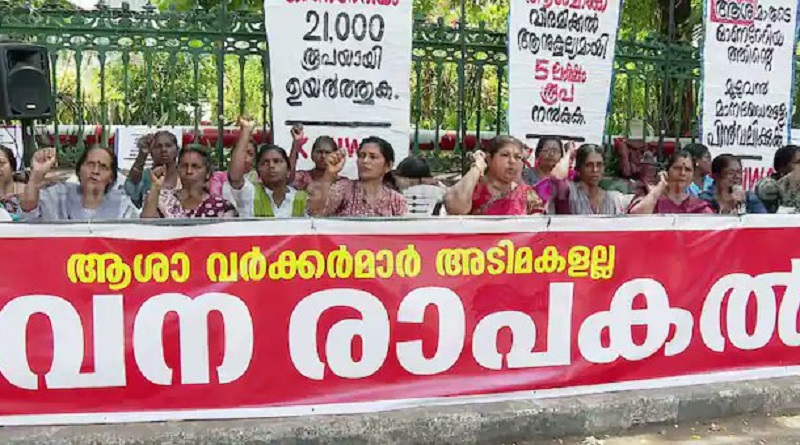
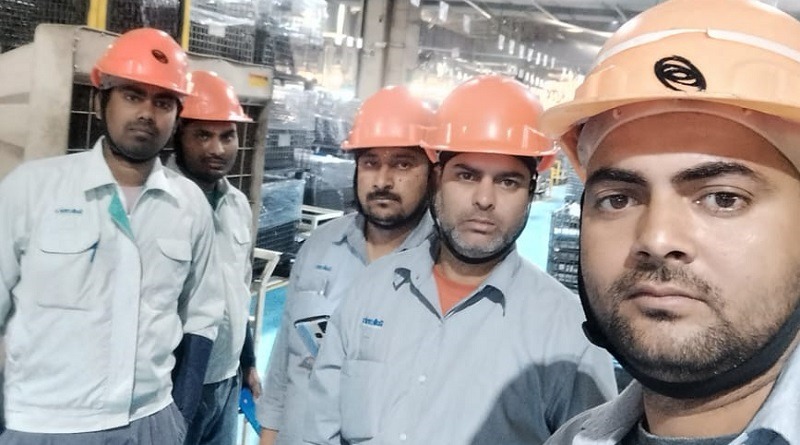
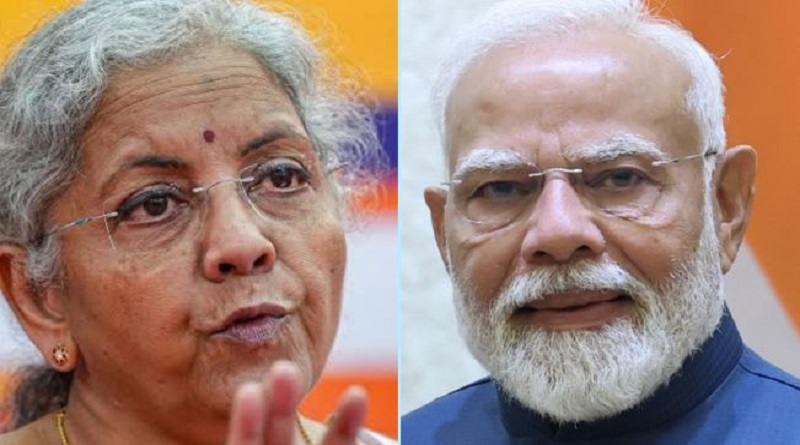
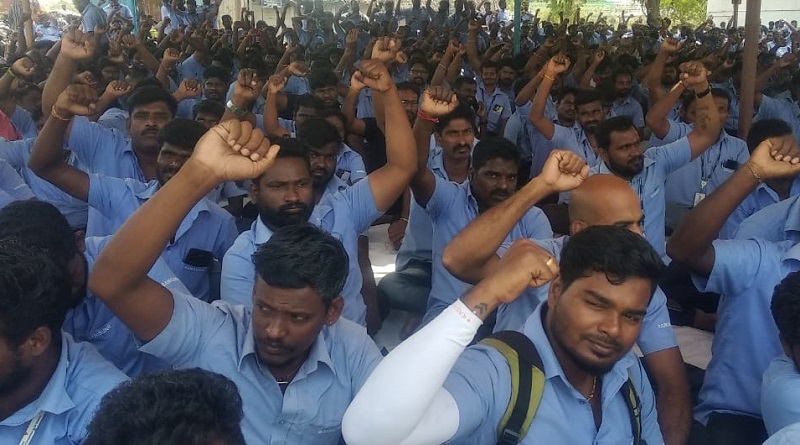
thanks for infrmation